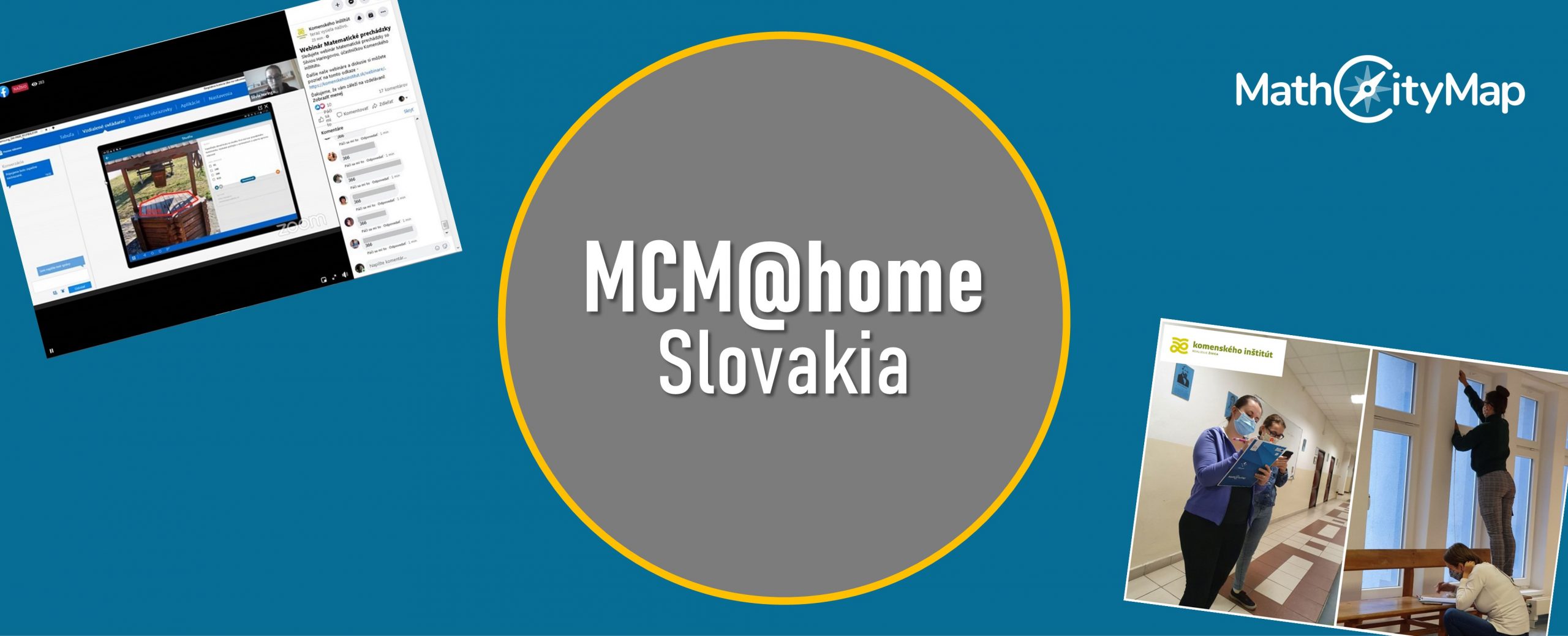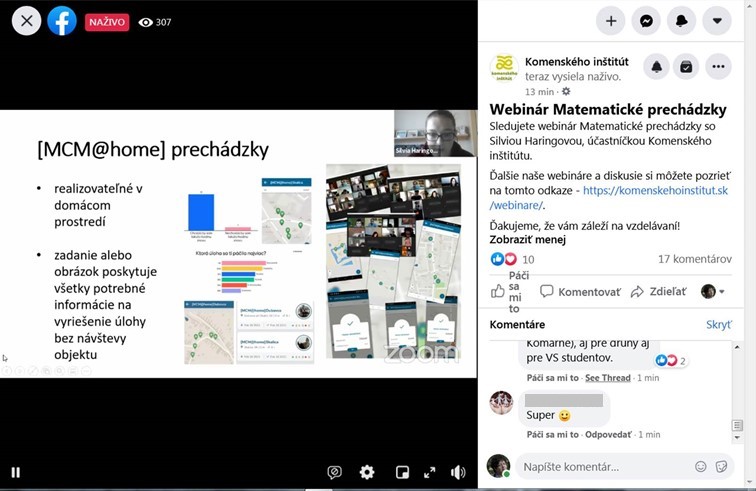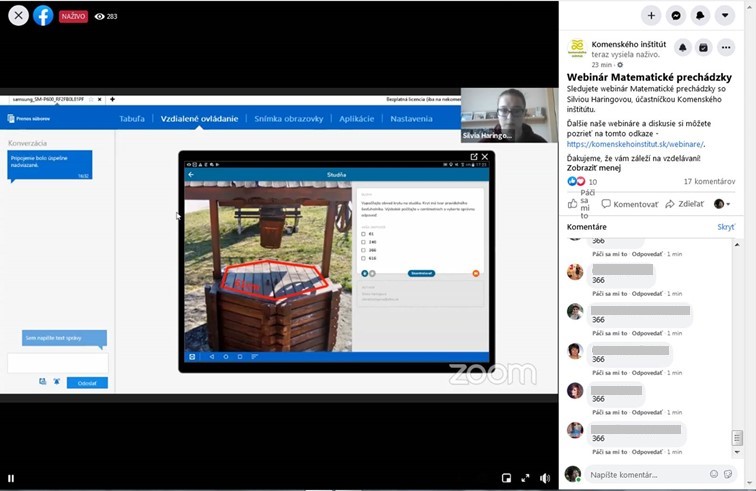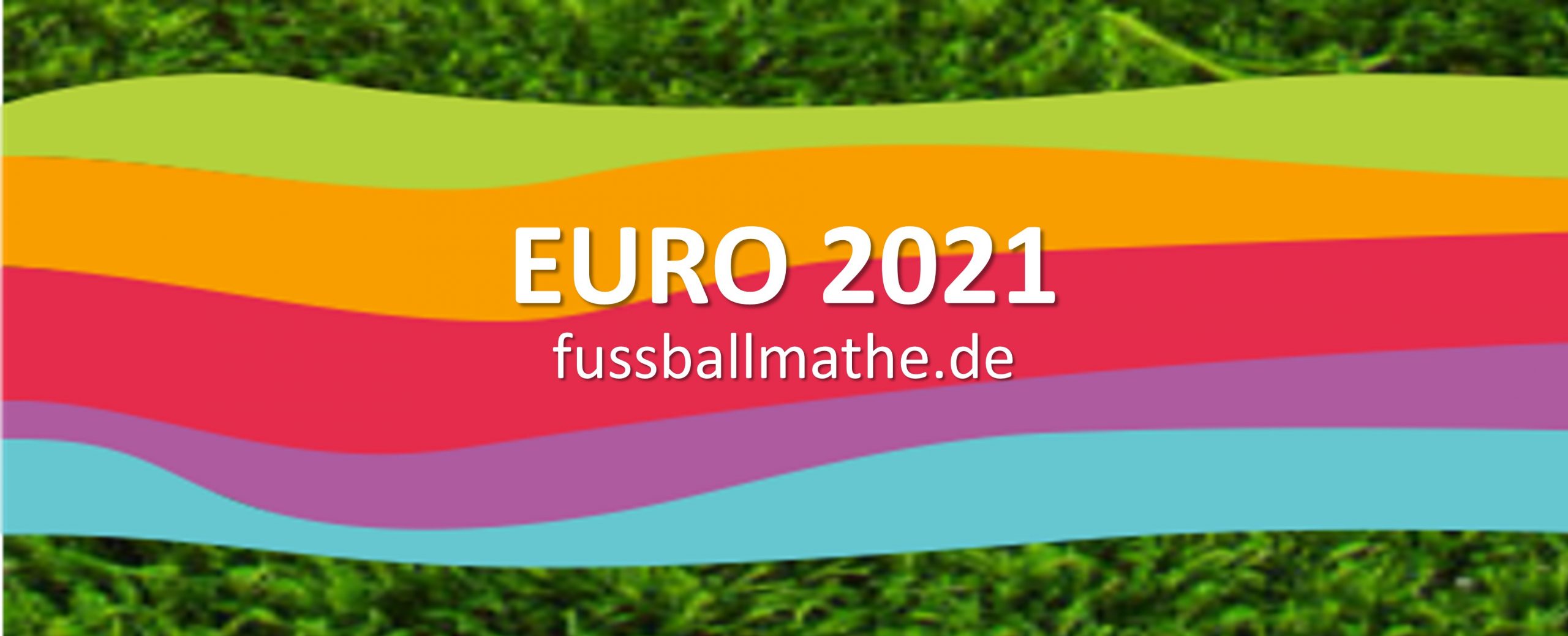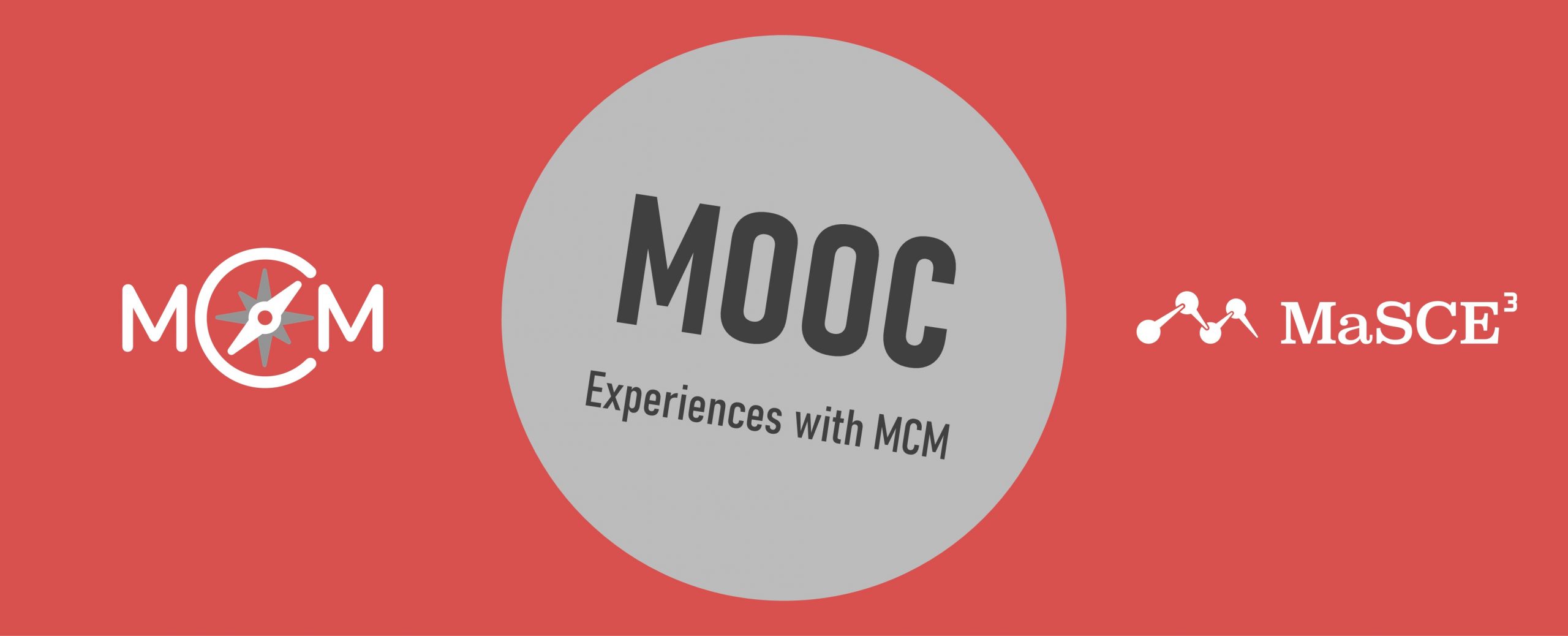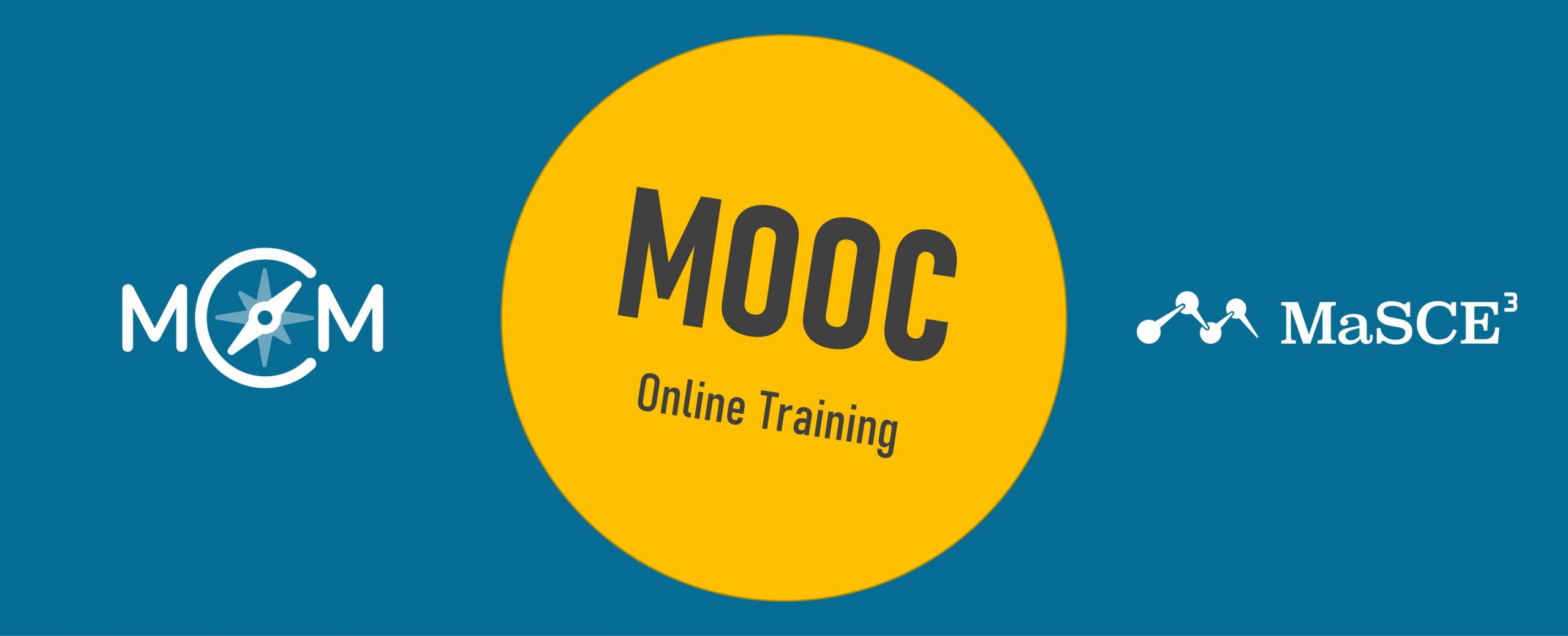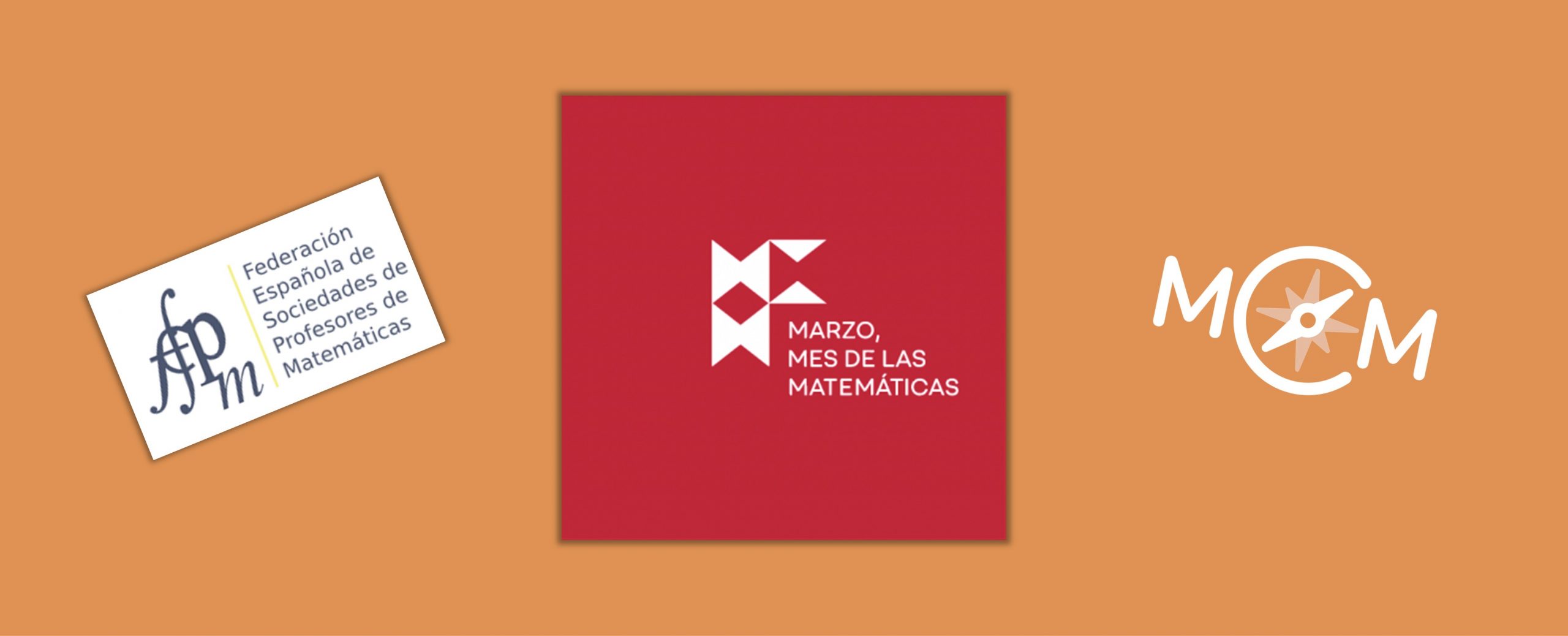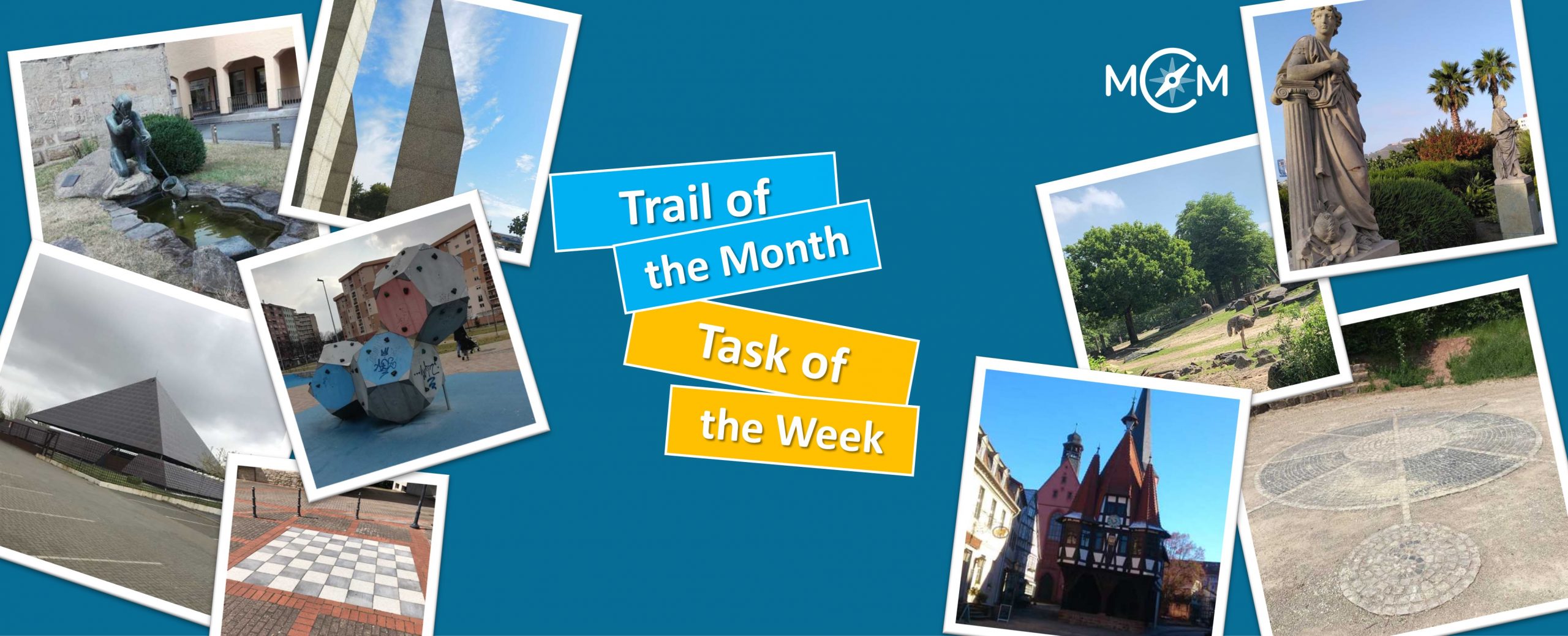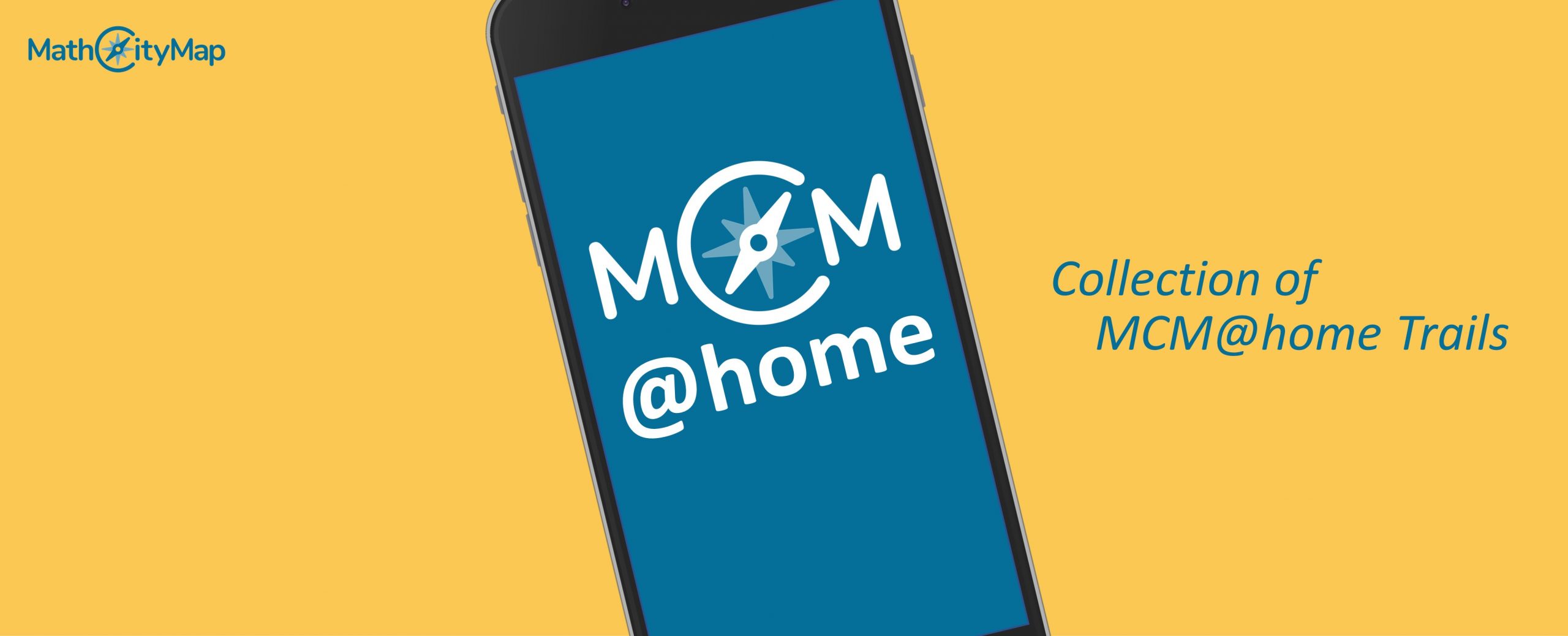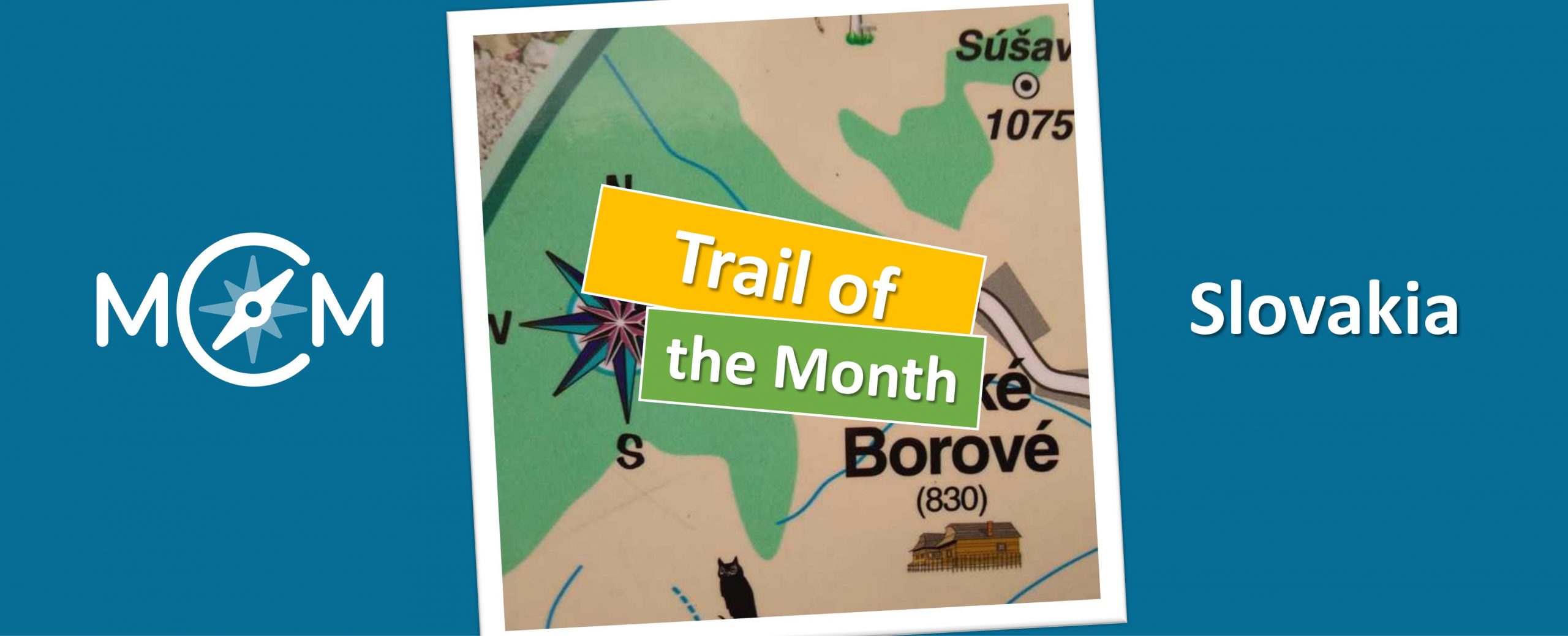Silvia Haringova of the Constantine the Philosopher university in Nitra presented the MathCityMap@home concept in online teacher trainings for around 700 teachers. Furthermore, she conducted lessons with more than 150 lower- and upper-secondary school students. In the interview, Silvia looks back on her student time and describes the teacher training concept.
Looking back on student time: Participating in a course about MathCityMap
During the Intensive study programme (ISP) organized within the MoMaTrE project, which I participated in March 2018 at the Goethe-University in Frankfurt, I was taught everything necessary to create and implement my own trails in Slovakia.
Based on my participation in the ISP I chose a diploma thesis aiming at math trails. I describe the principles and specifics of the designing tasks for MathCityMap and my goal is also to create several math trails. I also deal with trails within the project Comenius Institute, an annual educational programme designed for pre-service, beginning and in-service teachers as well as heads of schools organized by the non-governmental non-profit organization Živica. Each year, 20 teachers have the opportunity to participate in this programme. The main goal of my project is to increase awareness of math trails in primary and secondary schools among various teaching communities throughout whole Slovakia.
Being a lecturer: Disseminating the MCM@home concept
With the project, I tried to motivate my classmates at the university and involve them in the design and implementation of math trails. I created a Facebook page (click here), where I regularly publish various articles trying to promote this new way of teaching mathematics outdoors using mobile technologies. In cooperation with the Comenius Institute, we organized a webinar about trails. The webinar was held online and was attended by more than 700 teachers of various subjects. During the students’ practice, I conducted 9 [MCM@home] trails with more than 150 lower- and upper-secondary school pupils.
A list with several MCM@home trails from all over the world can be found here:
